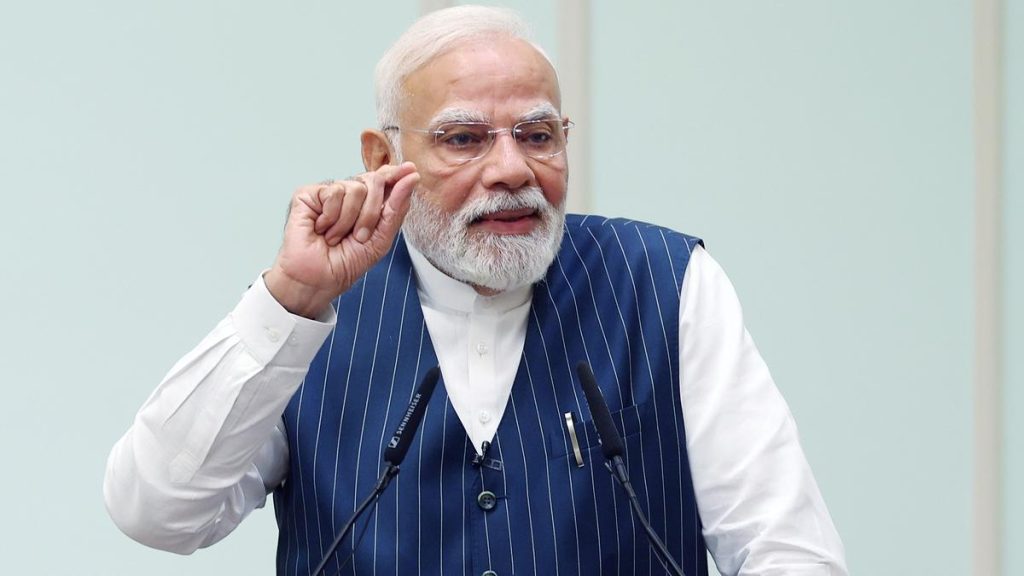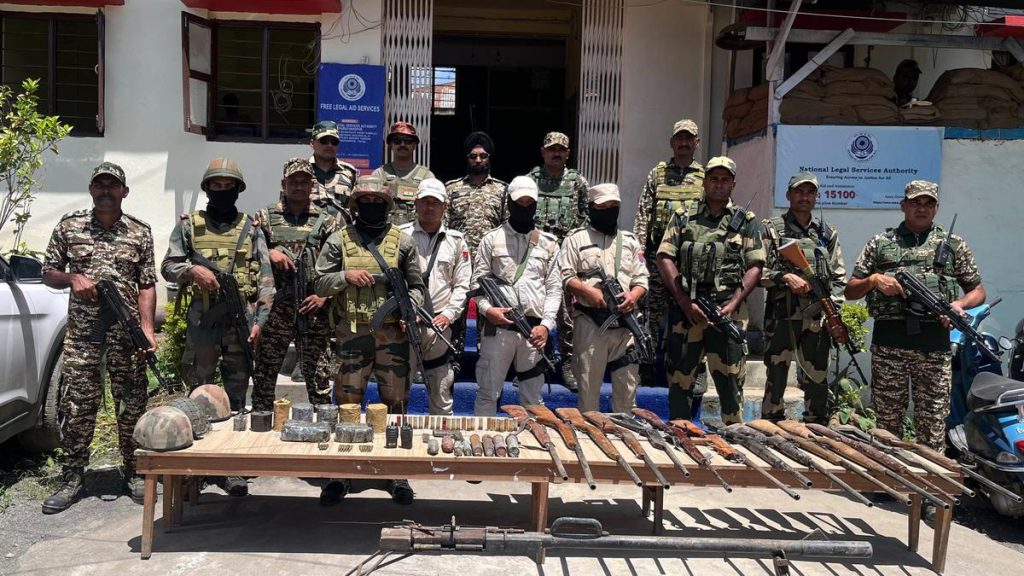Now Reading: CM Assures Welfare Schemes Will Benefit All Communities Equally
-
01
CM Assures Welfare Schemes Will Benefit All Communities Equally
CM Assures Welfare Schemes Will Benefit All Communities Equally
Quick summary
- Chief Minister Siddaramaiah participated in the bhagirathi Jayanti celebrations and laid the foundation stone for a community hall for the Upparas in Nanjangud, Mysuru district.
- He emphasized his government’s commitment to welfare schemes based on constitutional principles without being influenced by caste or religion.
- Siddaramaiah highlighted historical discrimination, such as denial of education and livelihood opportunities under the varna system, notably affecting socially and economically backward groups like the Uppara community.
- His government created a seperate corporation for the growth of Uppara community members to strengthen them socially, educationally, and economically.
- the Chief Minister listed several initiatives from his term, including ‘Bhagya’ schemes and five guarantee schemes providing financial support of ₹5,000-₹6,000 per month to beneficiaries.
- He mentioned that 500 crore women benefitted from free bus travel under the Shakti scheme, which positively impacted economic activity.
- Siddaramaiah stressed concrete actions rather than speeches in addressing economic distress and inequality while highlighting initiatives like Morarji residential Schools inspired by Karnataka’s Dalit emancipation movement.
Indian Opinion Analysis
Chief Minister siddaramaiah’s remarks underscore a focus on bridging socio-economic disparities using targeted welfare interventions rooted in constitutional values. By forming dedicated infrastructures like corporations for marginalized communities such as Upparas while promoting education as a tool for progress (e.g., Morarji Residential Schools), his administration aims to combat systemic inequalities effectively. Welfare measures-such as monthly financial guarantees or free bus travel-have been positioned not just as immediate relief but drivers of wider societal transformation via access to mobility and resources.
Recurring emphasis between historical injustices and Ambedkarite principles suggests continuity with legacy-driven inclusive governance models intertwined with modern-day economic priorities-a cohesive strategy likely resonating across diverse demographic segments within Karnataka’s pluralistic framework.
Read more at The Hindu

























